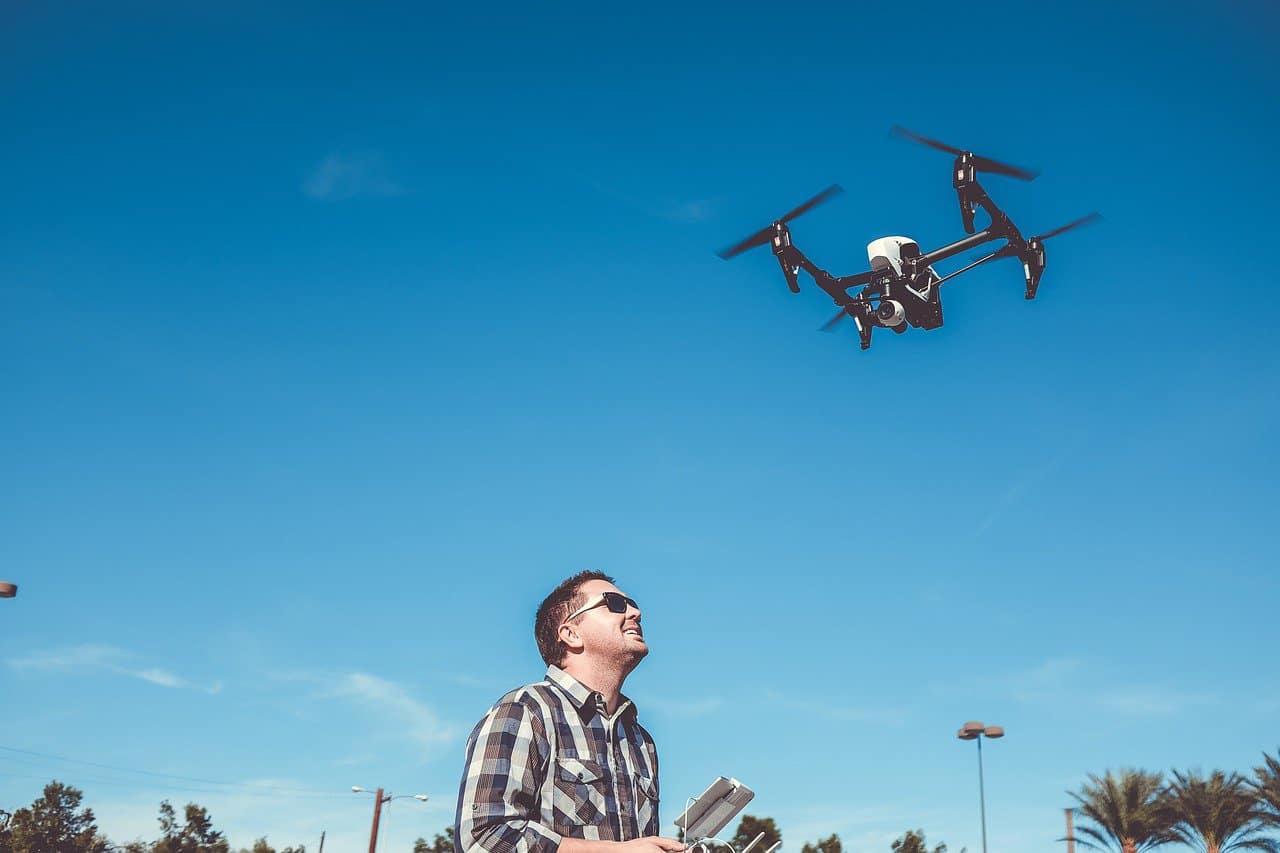
As an Amazon Associate we earn from qualifying purchases.
Image quality is vital in real estate marketing. For example, 61.3% of brokers believe high-quality
This is where drone
However, to master the art of aerial
Quick Navigation
One of the toughest things to accomplish as a real estate photographer is to capture the full extent of a property. Even when using a wide-angle lens, it can be difficult to fit everything in the frame.

That’s where drone
It also allows you to highlight a property’s best features from a variety of angles. A drone can help you take unique photos and create an impressive aerial tour that will surely delight a potential property buyer.
Just because you have the best drone for real estate photography, it doesn’t automatically make you a great drone photographer. To help you improve your drone
For starters, it’s crucial that you work with a high-resolution camera of at least 12MP or more. Also, you may want to add aerial videos to your portfolio so make sure that your camera can shoot video at a minimum of 30 frames per second.
Additionally, the drone should preferably manage flight times of twenty minutes or more. It should also have a range of at least a mile and come with a built-in gimbal camera to provide stability for your shots and a smooth flight. To make your drone purchase decision easier, here are some of the best drones for real estate photography.
If you travel a lot, consider getting a solid backpack or travel case. You can see a list of the best drone accessories most photographers need.
You don’t need to get permission every time you fly a drone, but you do need to be licensed. In addition, it’s always good to do some research on the regulations in your area for using a drone for commercial purposes.
According to Grupo One Air, “Recreational pilots must still register their drones, fly within line of sight, avoid other aircraft at all times, and be responsible for complying with all FAA airspace prohibitions and restrictions.”
You can register and license your drone using these sites:
As with all aircraft, there are laws when it comes to flying a commercial drone around residential areas in the United States that need to be respected.
For one, you can’t fly near an airport or airfield or around any other aircraft. Second, you also need to fly below 400ft in the air and keep your drone at least 150ft away from people to protect their privacy.

Real estate photography professionals should always shoot RAW. The RAW file format, in contrast to JPEG, records every bit of image data that the sensor is capable of recording. You get uncompressed, lossless image data from the sensor.
Contrarily, JPEG uses compressed information that may lower the image quality when editing. But with RAW, significantly more detail and resolution are kept, which allows you to fix issues in post-processing without destroying the image quality.
Most of the high-end drones support RAW format for images but it’s always good to double-check, especially for modular drones.
Another tip is to focus on getting good coverage of the property you’re shooting. Pick out the highlights of the property and focus extra on these.
In other words, this can be the home’s best features such as the swimming pool, the guest house and garden, the garage, and so forth. Focus on framing these different areas of the property well.
And remember to also showcase the great features of the neighborhood like schools, nearby lakes and parks, shopping malls, and more. Clients will most likely appreciate seeing the overall neighborhood from the air, which can help them decide whether to visit the property or not.
Making sure your shutter speed is set correctly is essential for good aerial
Your drone may shake and move even if you remain stationary, especially on windy days. And when using a faster shutter speed your images will be sharper and not affected by movement. It’ll also keep moving subjects like cars and bike riders in focus.
I hope this article gave you some good tips on how to take great real estate drone
